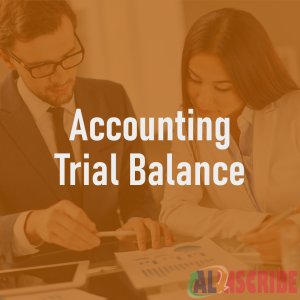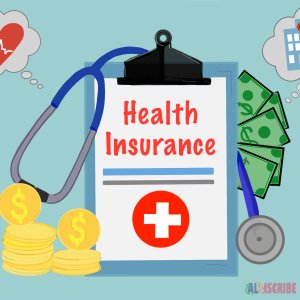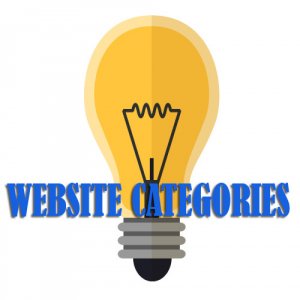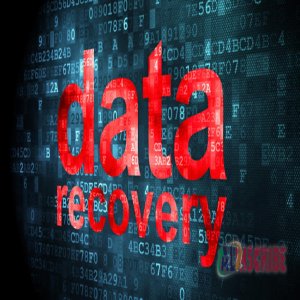What Are The Pharmacovigilance Audits And Inspection Reports?
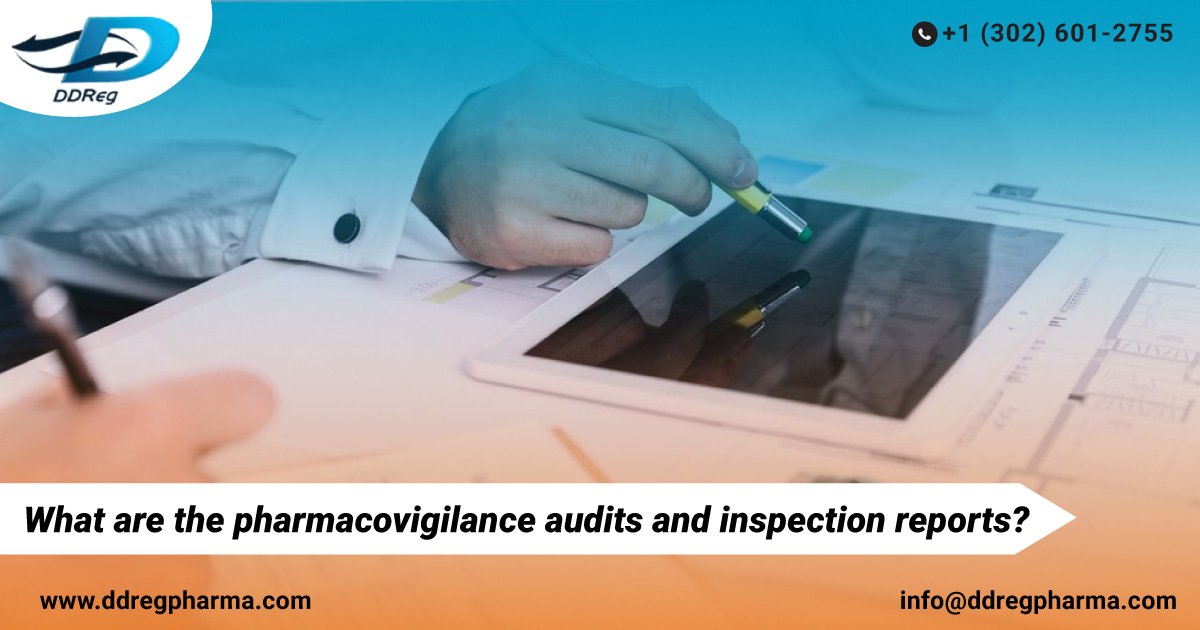
Pharmacovigilance (PV) audits and inspection reports are cornerstone elements in the realm of pharmaceutical safety, playing pivotal roles in safeguarding public health by ensuring the efficacy, safety, and proper management of medicinal products post-market approval. These components are integral to the pharmacovigilance system, a framework designed to monitor the safety of pharmaceuticals throughout their lifecycle and to protect consumers from unforeseen adverse effects. Below, we delve deeper into the intricacies of pharmacovigilance audits and inspections, highlighting their definitions, purposes, scopes, and the distinctions between them, while exploring their critical importance in the pharmaceutical industry.
Pharmacovigilance Audits: An In-depth Examination
Definition
A pharmacovigilance audit is a thorough, methodical process that is both independent and documented. It involves the collection of audit evidence through examination and evaluation to objectively determine the extent to which pharmacovigilance system criteria are met. These audits, which can be conducted internally by the pharmaceutical company or externally by an independent organization, are essential for assessing the operational effectiveness of the PV system in place.
Purpose
The primary objective of pharmacovigilance audits is to ensure rigorous compliance with both legal and regulatory requirements pertinent to drug safety. They aim to verify the robustness of systems designated for monitoring and managing the safety profiles of medicinal products, thereby identifying potential areas for system improvement. Furthermore, these audits are crucial for assessing adherence to standard operating procedures (SOPs), regulatory guidelines, and best practices within the pharmacovigilance domain.
Scope
Pharmacovigilance audits encompass a broad spectrum of the PV system's components, including but not limited to the processes of data collection, adverse event reporting mechanisms, risk management strategies, personnel training protocols, and the overall quality assurance measures. These audits scrutinize the operational and procedural aspects of the PV system, ensuring that every facet functions cohesively to uphold the highest standards of drug safety.
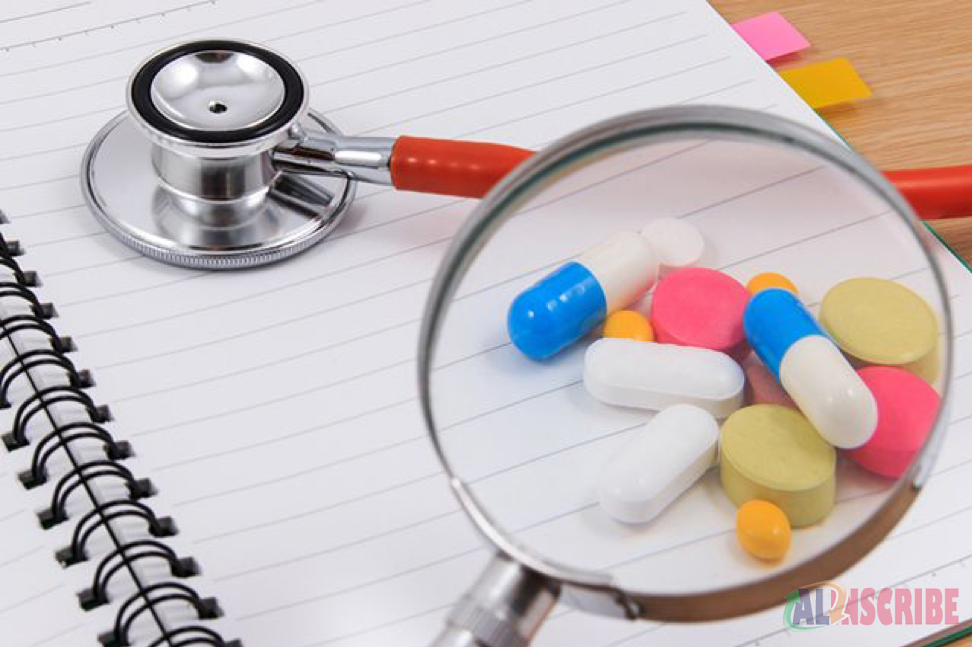
Pharmacovigilance Inspections: A Closer Look
Definition
Pharmacovigilance inspections are formal evaluations executed by regulatory authorities, such as the Food and Drug Administration (FDA) in the United States, the European Medicines Agency (EMA) in Europe, or the Medicines and Healthcare products Regulatory Agency (MHRA) in the UK. Unlike audits, these inspections are typically more structured and may be conducted without prior notice or with minimal advance warning. They serve as a critical tool for regulatory bodies to enforce pharmacovigilance compliance.
Purpose
The paramount goal of pharmacovigilance inspections is the protection of public health through the assurance that pharmaceutical companies maintain effective systems for the detection, assessment, understanding, and prevention of adverse effects or any other medication-related problems. These inspections are designed to validate the accuracy, completeness, and reliability of the safety data submitted by companies and to ensure that these entities are capable of promptly identifying and mitigating safety issues.
Scope
The scope of pharmacovigilance inspections is extensive, focusing on the evaluation of the PV system's adherence to legal and regulatory mandates. Inspections meticulously assess the quality and integrity of safety data reported, the effectiveness of risk management services plans, and the company's responsiveness to safety concerns. Moreover, these inspections examine the company's procedures for collecting, evaluating, and reporting adverse drug reactions, ensuring comprehensive surveillance of drug safety.
Distinguishing Between Pharmacovigilance Audits and Inspections
While pharmacovigilance audits and inspections share the common goal of ensuring drug safety and regulatory compliance, the fundamental difference between them lies in their execution. Audits are primarily internal checks conducted by or for the pharmaceutical company as part of its quality assurance and improvement strategy. In contrast, inspections are formal evaluations carried out by regulatory authorities with the authority to enforce compliance and initiate corrective measures against non-compliance.
Despite their differences, both processes culminate in the generation of reports detailing the findings, levels of compliance, and recommendations for corrective and preventive actions. These reports are invaluable for fostering continuous improvement in pharmacovigilance practices, enhancing the safety and efficacy of medicinal products on the market, and ensuring that public health is protected from the potential risks associated with pharmaceuticals.
The Critical Importance of Pharmacovigilance Audits and Inspections
Pharmacovigilance audits and inspections are indispensable to the pharmaceutical industry and public health. They provide a systematic framework for monitoring the safety of medicinal products, ensuring that adverse events are promptly identified, reported, and addressed. Through rigorous assessment and continuous improvement of PV systems, these processes help mitigate the risks associated with drug therapy, thereby enhancing patient safety and trust in pharmaceutical products.
Moreover, these practices foster transparency and accountability within the pharmaceutical industry, compelling companies to adhere strictly to regulatory requirements and ethical standards. By doing so, they not only protect consumers but also bolster the reputation and credibility of pharmaceutical companies in the eyes of the public and regulatory bodies.
In conclusion, pharmacovigilance audits and inspections are fundamental to maintaining the delicate balance between maximizing
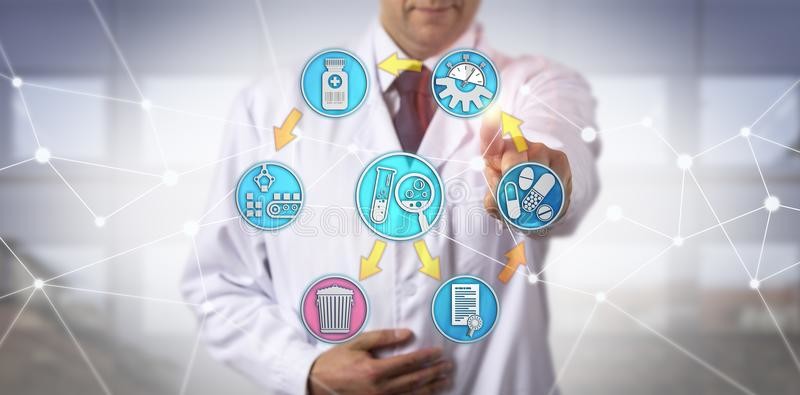
ALSO Check some more information about these
Pharmacovigilance (PV) audits and inspection reports are critical components of the pharmaceutical industry, focusing on the assessment and improvement of the systems that ensure the safety of medicinal products. These mechanisms are essential for monitoring the safety of pharmaceuticals after they have been approved for use in the market. Here's a breakdown of what each entails:
Pharmacovigilance Audits
- Definition: A pharmacovigilance audit is a systematic, independent, and documented process for obtaining audit evidence and evaluating it objectively to determine the extent to which pharmacovigilance system criteria are fulfilled. These audits are conducted internally (by the company) or externally (by an independent body) to assess the effectiveness of the PV system.
- Purpose: The main goals are to ensure compliance with legal and regulatory requirements, to verify that the systems in place effectively monitor and manage the safety of medicinal products, and to identify areas for improvement within the PV system.
- Scope: Audits can cover various aspects of the PV system, including data collection processes, adverse event reporting, risk management, training of personnel, quality assurance mechanisms, and compliance with standard operating procedures (SOPs) and regulatory guidelines.
Pharmacovigilance Inspections
- Definition: Pharmacovigilance inspections are formal evaluations conducted by regulatory authorities (such as the FDA in the United States, EMA in Europe, or MHRA in the UK) to assess compliance with pharmacovigilance regulatory requirements. These inspections are more formal than audits and are typically unannounced or conducted with short notice.
- Purpose: The primary aim is to protect public health by ensuring that pharmaceutical companies have effective systems in place for the detection, assessment, understanding, and prevention of adverse effects or any other drug-related problems. Inspections also verify the accuracy and completeness of submitted safety data.
- Scope: Inspections focus on the evaluation of the PV system's compliance with legal requirements, the quality and integrity of submitted safety data, the effectiveness of risk management plans, and the company's ability to identify and address safety issues.
Differences and Similarities
While both audits and inspections aim to ensure the effective monitoring of drug safety and compliance with regulatory requirements, the key difference lies in who conducts them. Audits are typically conducted by or on behalf of the company itself as part of their internal quality assurance processes, while inspections are carried out by regulatory authorities with the power to enforce compliance and take legal action if necessary.
Both processes result in reports that detail findings, compliance levels, and recommendations for corrective actions. These reports are vital for the continuous improvement of pharmacovigilance practices and ultimately contribute to the safety and efficacy of medicinal products on the market.
Article Comments
Articles Search
Sponsor
There are zero sub-categories in this parent category.
There are zero sub-categories in this parent category.
There are zero sub-categories in this parent category.

